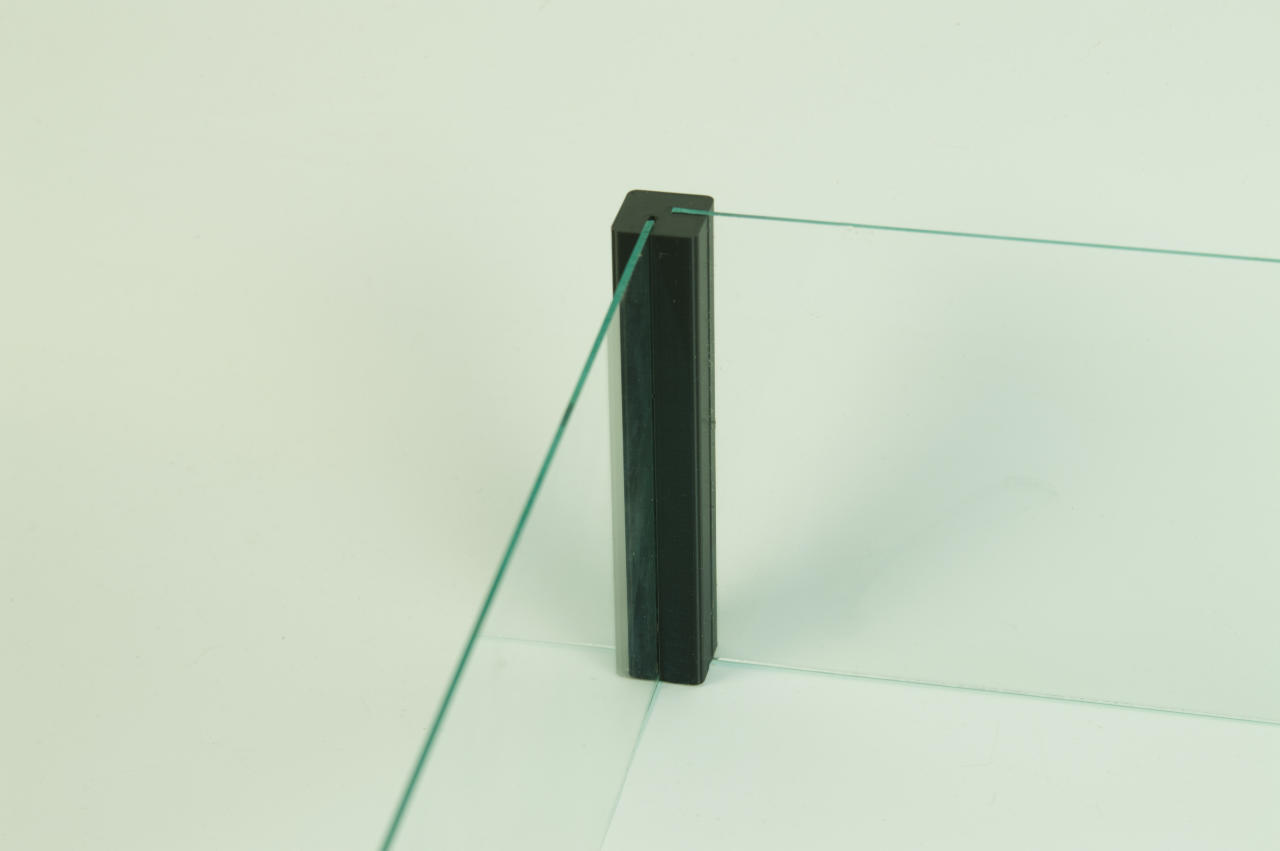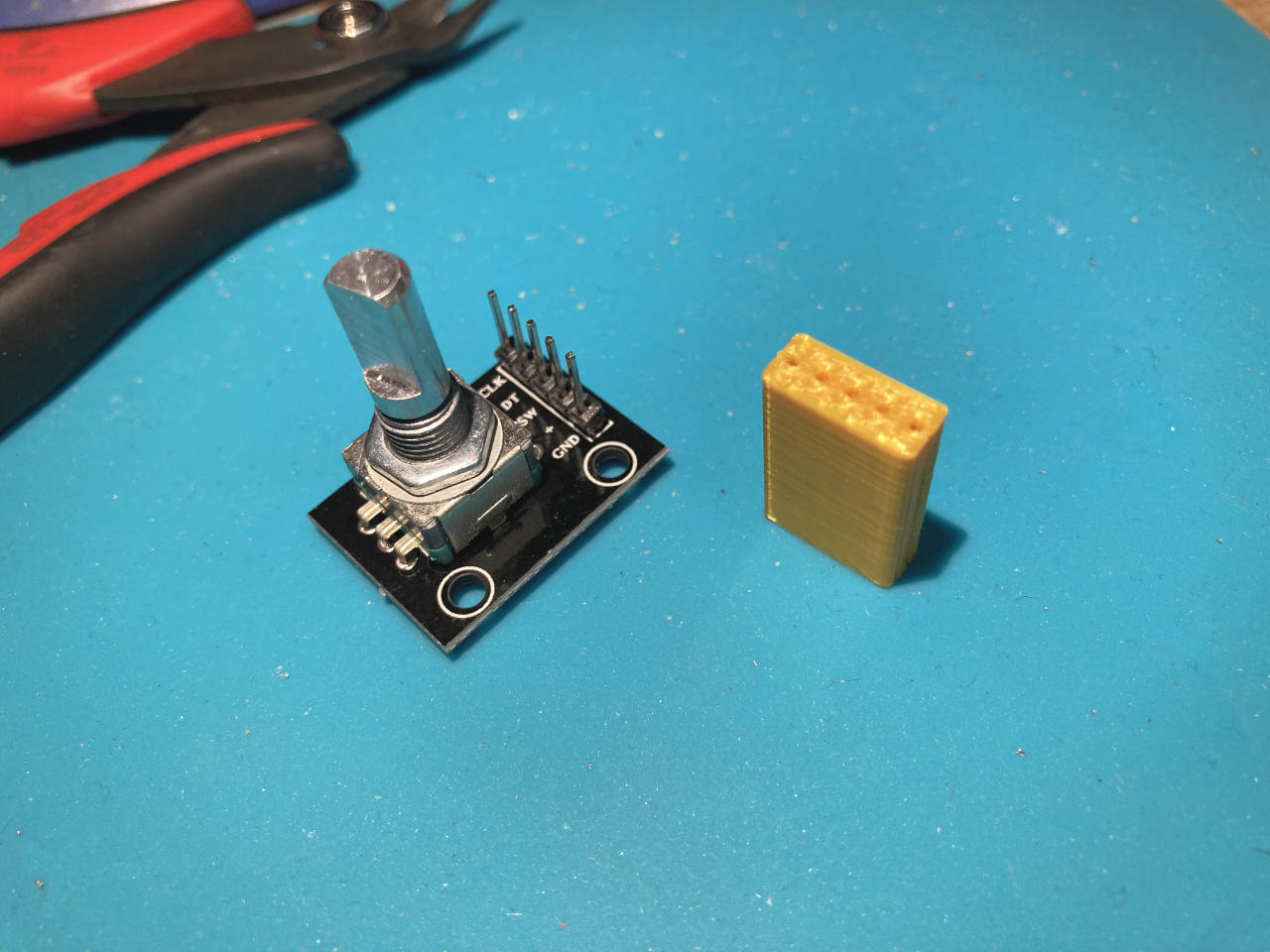
My uncle is a pretty awesome guy, and every year or so he says to me “Hey Maker! I got something for you to make!” and then has a request that is typically some sort of home improvement project. The last one I wrote about was cutting down some fan blades. He never seems to want a MIDI controller… that’s sort of my area of expertise! Anyway, this time he wanted something to hold four pieces of glass upright to put around his fire pit. Fire what now?

I explained to him that I wasn’t really a metal fabrication guy, and said I’d think about it. I though of using some pieces of 80/20 extrusion since it has slots, and using set screws to hold the glass in place. I did one test and did not like this idea. I asked him how hot the glass gets and he said it probably wouldn’t get too hot, as it was more of a wind barrier thing than a full-on heat guard, so I figured I would 3D print them with plastic.

I designed some short test pieces in OpenSCAD, then did some full size prints once I had the pressure fit just right. Oh, I also learned quickly to wear glove when handling glass. I cut up my hands a few times at first. (Nothing bad, just little slices here and there.)
I delivered the 3D printed parts to him and showed him how to assemble things. (Telling him to wear gloves!) I also gave him a spare/fresh set of corners, since the slotting in and out of the glass may have loosened the pressure fit a bit. (There are some small “friction bumps” on the inside of the channel that will get worn down after enough slotting in and out.)

I’m interested in hearing about how they perform. I could always reprint them in PETG or maybe even ABS or ASA if needed, since those should hold up to the heat a bit better than PLA will.



























